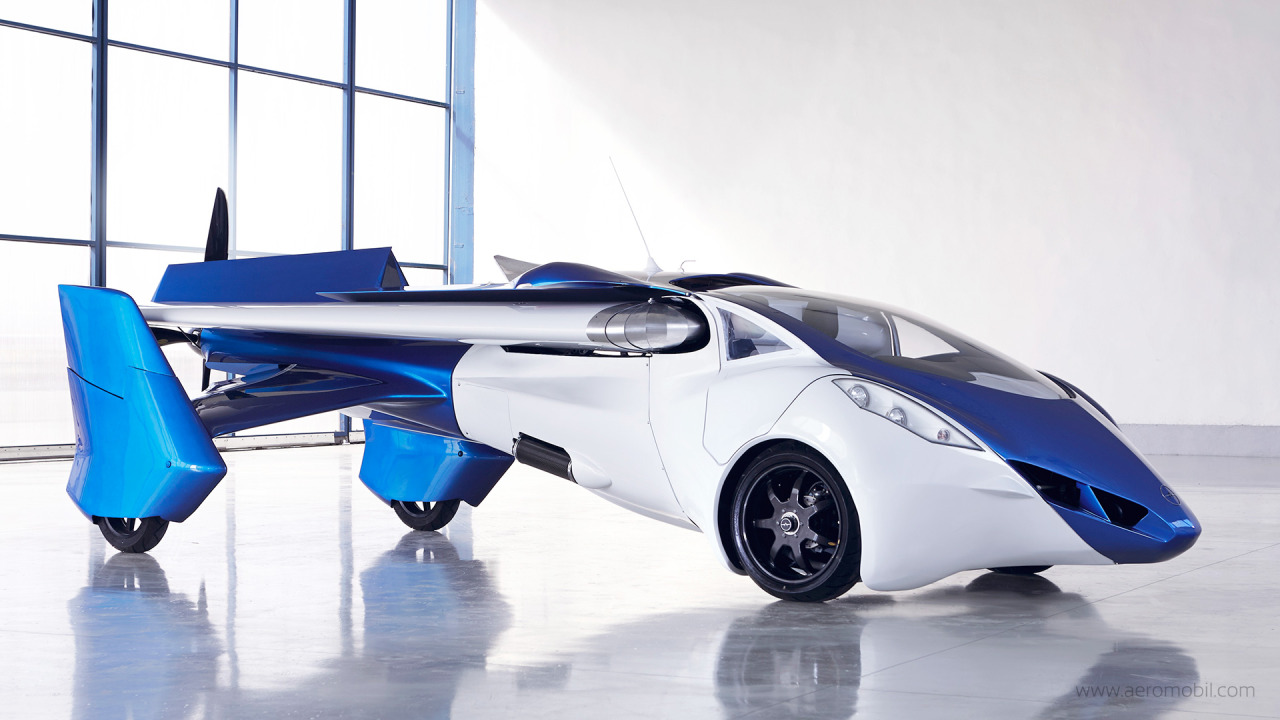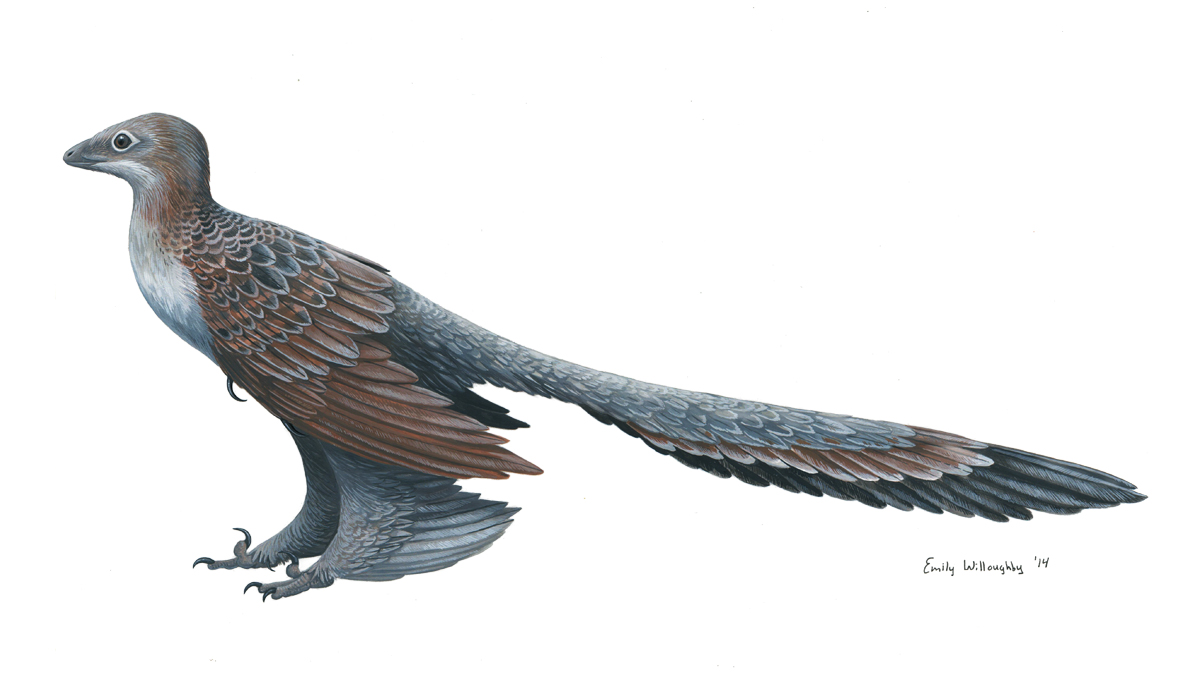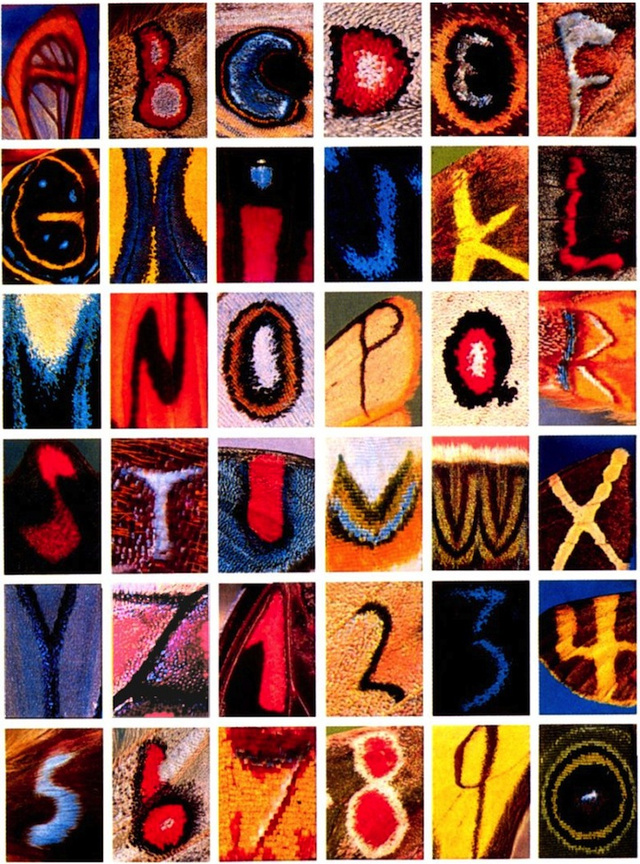
Autos voladores para 2017… nos han prometido tantas veces este invento que ya ni me creo nada. Aunque hay que aceptar que de todos los proyectos que han existido al respecto esta empresa eslovaca de un tal Juraj Vaculík, es la que más lejos ha llegado (prácticamente está listo para venderse).
Si, ya sé, suena imposible que esto reemplace a un auto. Demasiado complicado aprender a volar, sobre todo con edificios alrededor y entre otros aviones. Suena a que la gente se va a estar matando cada 2 segundos en lo que aprendemos a lidiar con el tráfico “aéreo”. Pero no lo haremos nosotros (recuerden que ya tenemos vehículos autónomos, con GPS, radar, Mapas y sensibilidad completa del entorno), por eso es posible esto…
Este modelo, bautizado como Aeromóvil 3.0, fue presentado durante una reciente feria en Viena, Austria. Se trata de un vehículo con capacidad para dos personas, que puede retraer sus alas para transformarse en un elegante coche-roadster (carro compacto de dos plazas). Su tanque de combustible le brinda una autonomía de 430 millas en el aire o 540 millas en el suelo. En comparación con otros prototipos, el 3.0 es especialmente ligero y compacto, gracias a la utilización de materiales de fibra de carbono. Puede ascender hasta 9 800 metros y volar a esa altura a una velocidad de 200 km/h. Con dispositivos GPS instalados, un piloto automático y un sistema de paracaídas de emergencia, así como un juego completo de faros LED y señales de giro homologadas para el tráfico urbano, el revolucionario prototipo es ahora el más cercano de su clase a estar listo para el uso público, y fue precertificado por la Autoridad de Aviación Civil de Eslovaquia.
AeroMobil. Beautiful flying car. Beautifully integrated. Transforms in seconds from an automobile to an airplane. Gives you freedom to move.
AeroMobil is a flying car that perfectly makes use of existing infrastructure created for automobiles and planes, and opens doors to real door-to-door travel. As a car it fits into any standard parking space, uses regular gasoline, and can be used in road traffic just like any other car. As a plane it can use any airport in the world, but can also take off and land using any grass strip or paved surface just a few hundred meters long…


